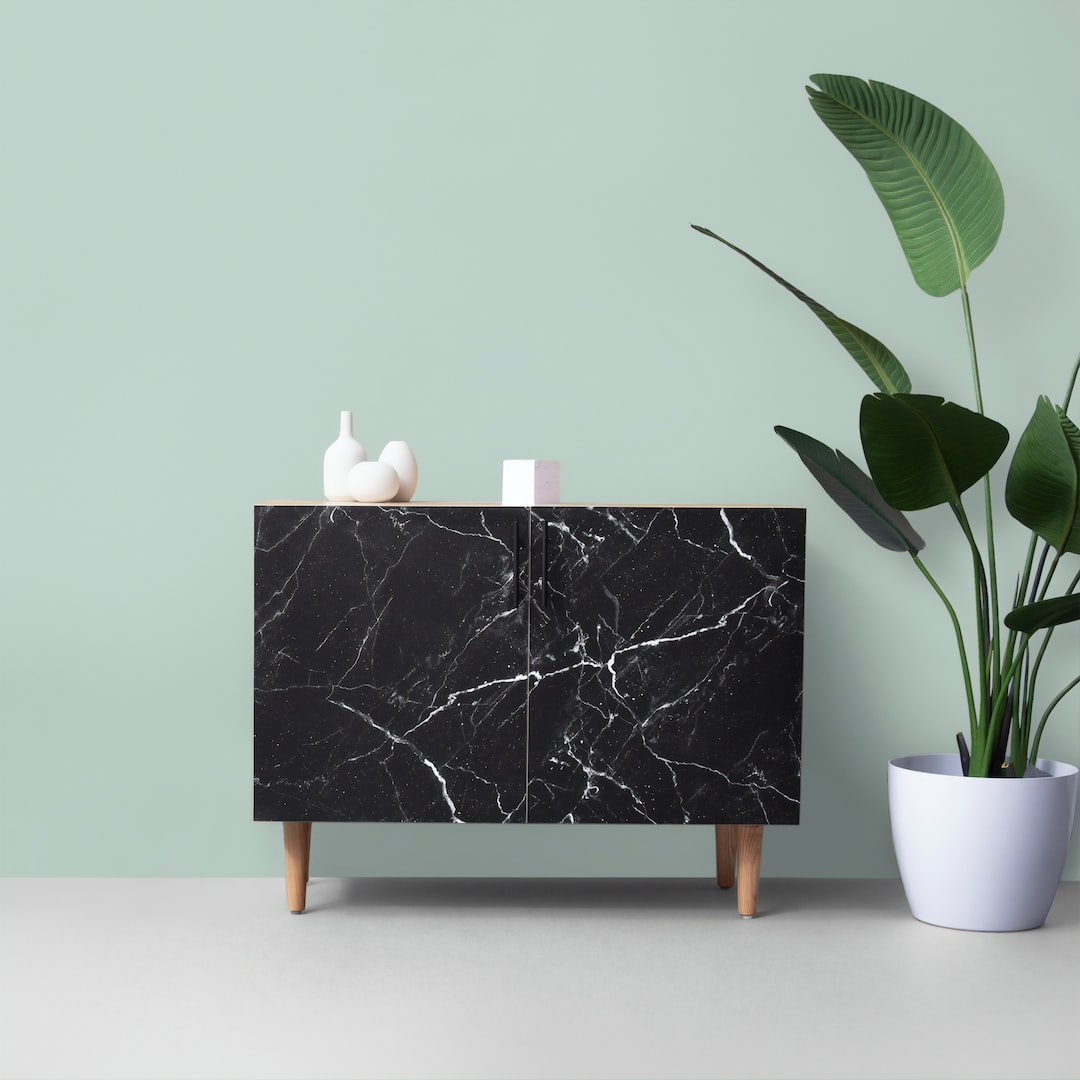Antique and vintage furniture pieces are more than just décor items – they are also valuable pieces of history. Furniture restoration is a great way to preserve and enhance the beauty of these old pieces. Restoring antique and vintage furniture can be a daunting task if you don’t know where to start. However, with the right tips and techniques, you can easily bring new life to these classic treasures. Here are some furniture restoration tips for antique and vintage pieces that you should keep in mind.
1. Identify the type of furniture
Different types of antique furniture require different restoration techniques. For instance, furniture made from veneer, a thin layer of wood glued to a thicker substrate, requires a different approach than solid wood furniture. Additionally, you should know the time period and style of the furniture, as each type has unique characteristics. For instance, furniture from the Art Deco period is distinct from those made during the Georgian era.
2. Check the overall condition of the furniture
Before you start any restoration work, examine the furniture and list any damages it has. Here are some common damages you may come across:
– Water damage: Furniture that has been stored in a damp area or exposed to water can have water stains or warped areas.
– Scratches: Scratches can be deep into the wood or just on the surface. Fortunately, there are several ways to deal with scratches depending on their severity.
– Dents: Dents can be filled with epoxy, wood filler, or a steam iron.
– Missing parts: Antique furniture might be missing parts such as hardware, screws, or hinges.
Make sure you list all the damages as they will help you determine the restoration steps required.
3. Clean the furniture
Cleaning is an essential part of furniture restoration. Before you start sanding or staining, you should remove dirt, grime, and other accumulated debris. Use a mild cleaner and soft cloth to gently clean the surface. Avoid using abrasive materials or harsh chemicals that can damage the surface. Pipe cleaners, toothbrushes, and cotton swabs can also come in handy to clean hard-to-reach areas.
4. Repair damages
Once you have identified the damages and cleaned the furniture, you can start repairing the damages. Here are some common restoration techniques:
– Remove water stains: If the damage is not too deep, gently rubbing white toothpaste or mayonnaise into the stain may help remove it.
– Sand and refinish wood: Lightly sand the surface of the wood with fine-grit sandpaper. Apply wood filler to any deep scratches or gauges to ensure a smooth surface. Sand again until the surface is smooth, then apply a wood stain or finish. Be sure the stain or finish matches any undamaged parts of the furniture.
– Re-glue loose joints: With age, furniture joints can begin to come apart. You can re-glue them with hide glue, wood glue, or epoxy. Make sure you clamp the joint securely and scrape away any excess glue after it dries.
– Replace missing parts: If the furniture is missing hardware, you may be able to find replacement pieces at a hardware store or online. Make sure the hardware matches the original as closely as possible.
5. Refinish furniture
Refinishing antique and vintage furniture can restore its beauty and protect it from further wear and tear. Refinishing involves removing the old finish, sanding the surface, and applying a new finish.
It is important to choose the right type of finish for your furniture. There are a variety of finishes to choose from, including wax, oil, shellac, lacquer, and varnish. Holloway House and Howard Feed-N-Wax are popular brands that make effective wood polishes and are worth checking out.
Before applying any finish, test it on a small, inconspicuous area to ensure it is the right color and consistency. Also, make sure the room is well-ventilated and that you follow the manufacturer’s instructions.
6. Protect and maintain
The last step in furniture restoration is to protect and maintain your furniture. Old furniture requires gentle care and attention. Avoid exposing it to direct sunlight, as it can cause fading, drying, and cracking. Dust your furniture regularly with a soft cloth to remove any dirt or debris.
Additionally, handle your furniture with care. Don’t drag it or bump it against walls, as this can cause scratches, dents, or even break off delicate pieces. If you need to move the furniture, enlist the help of another person to lift and carry it.
Conclusion
Antique and vintage furniture can add character and appeal to any room. Restoring furniture is a great way to preserve these valuable pieces and keep them looking great for years to come. However, furniture restoration requires time, patience, and skill. By following the tips mentioned above, you can restore antique and vintage furniture to its former glory, and keep it looking good for years.

